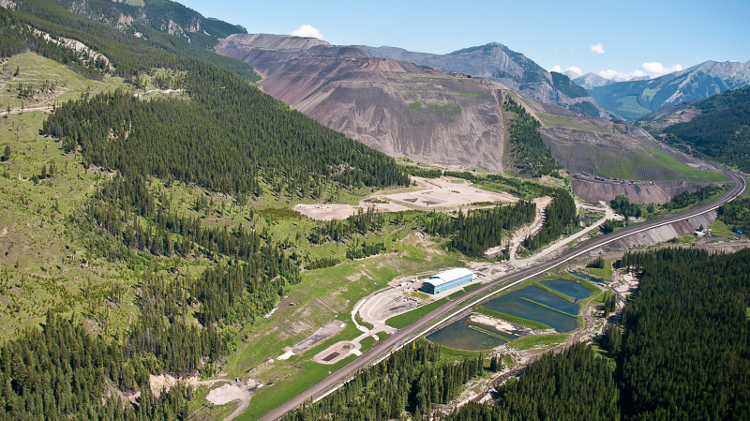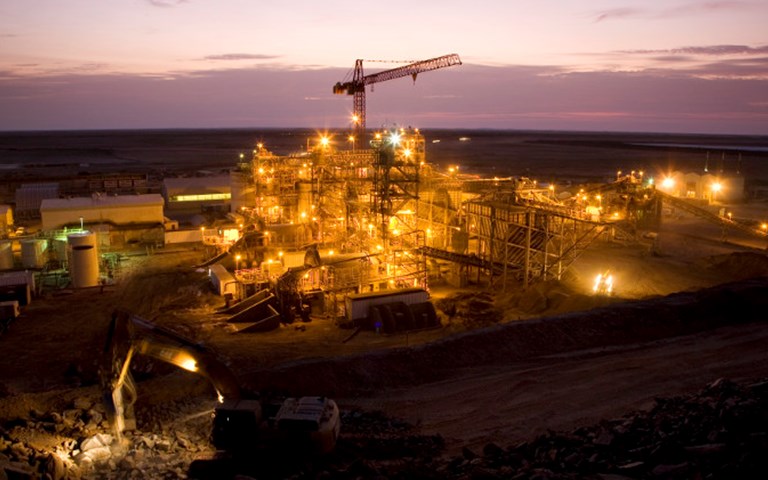A $590-million expansion will incraese the mill capacity at Kinross's Tasiast mine, pictured, to 30,000 tonnes per day. Courtesy of Kinross Gold
Kinross Gold announced Monday it is investing $1 billion in expanding two of its operations.
The $590-million expansion of phase two of its Tasiast gold mine in Mauritania is expected to begin next year and follows the first phase that was announced in March 2016.
"Our decision to proceed with the Tasiast phase two expansion underscores our determination to realize the potential of this world-class asset and generate significant value for our shareholders,” Kinross Gold president and CEO J. Paul Robinson said in a statement.
Phase two is planned to increase mill capacity to 30,000 tonnes per day at an all-in sustaining cost (AISC) over the project’s lifespan of $720 per ounce of gold, the same as the company’s current forecast AISC for Tasiast. Annual production is expected to increase to more than 800,000 gold ounces per year for the first five years.
Among the phase two expansion initiatives are replacing the two current ball mills with a single new one and adding a new power plant. Phase two's commercial production is expected to start in the third quarter of 2020.
The phase one expansion, according to the statement, is “on time and on budget,” with full commercial production expected in the second quarter of 2018. Phase one involved expanding mill throughput capacity to 12,000 tonnes per day, up from 8,000.
Kinross is also expanding Phase W at its Round Mountain mine in Nevada. Initial capital costs are forecast to be $230 million plus incremental non-sustaining capitalized stripping of $215 million between 2018 and 2020. The expansion is expected to add 1.5 million ounces of gold to the life of mine production and sustain the operation's annual production at an average of approximately 341,000 ounces through 2024, at an average AISC of $900 per ounce of gold over the project’s life.
Kinross updated Round Mountain's proven and probable reserves on Tuesday to 137.2 million tonnes at 0.70 grams/tonne gold, up from 33.5 million tonnes at 0.70 grams/tonne in December 2016, as a result of the feasibility study.
The feasibility study for Phase W considers a laying back the current pit, constructing a new carbon-in-column plant and heap leach pad and relocating some existing infrastructure that would be complete by the second quarter of 2019.
Kinross expects to finance both projects with its balance sheet of $1,061.3 million in cash and equivalents; existing liquidity and operating cash flows.




